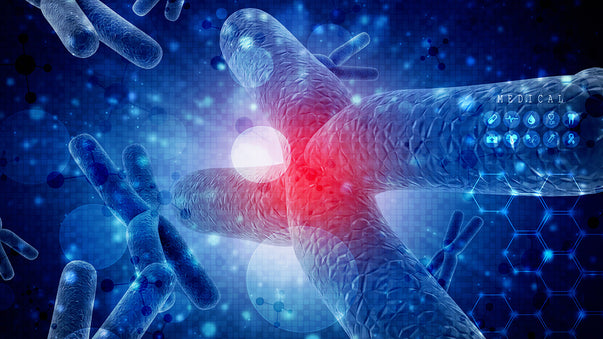Cellular Rejuvenation Achieved in Laboratory Mice

Scientists at Salk Institute and Genentech have shown that they can safely and effectively reverse the aging process in middle-aged and elderly mice. They did this by partially resetting their cells to more youthful states.
"We are elated that we can use this approach across the life span to slow down aging in normal animals. The technique is both safe and effective in mice," says researcher Juan Carlos Izpisua Belmonte in a press release issued by Salk Institute.
"In addition to tackling age-related diseases, this approach may provide the biomedical community with a new tool to restore tissue and organismal health by improving cell function and resilience in different disease situations, such as neurodegenerative diseases."
A research paper is published in Nature Aging. It describes how the scientists tested cellular rejuvenation approaches in healthy animals as they aged.
Cells carry molecular clocks that record the passage of time. Reprogramming molecules known as "Yamanaka factors” permit resetting the molecular clocks.
The results of previous studies indicate that Yamanaka factors can be successfully used to counter the signs of aging and increase life span in mice with a premature aging disease. In young mice, the Yamanaka factors can accelerate muscle regeneration and improve the function of other tissues like the heart, brain, and optic nerve.
In the new study, one group of mice received regular doses of the Yamanaka factors from the time they were 15 months old until 22 months, approximately equivalent to age 50 through 70 in humans. Another group was treated from 12 through 22 months, approximately age 35 to 70 in humans. And a third group was treated for just one month at age 25 months, similar to age 80 in humans.
"What we really wanted to establish was that using this approach for a longer time span is safe," says researcher Pradeep Reddy. "Indeed, we did not see any negative effects on the health, behavior or body weight of these animals."
The results of the study indicate that after treatment the mice resembled younger animals in many ways. Both kidneys and skin resembled those of younger animals. And metabolic molecules in the blood of treated animals did not show normal age-related changes.
Apparent restoration of youth was observed in the animals treated for seven or ten months with the Yamanaka factors, but not in the animals treated for just one month. When the treated animals were analyzed midway through their treatment, the effects were not yet as evident. This suggests that perhaps the treatment is not simply pausing aging, but actively turning it backwards.
"At the end of the day, we want to bring resilience and function back to older cells so that they are more resistant to stress, injury and disease," concludes Reddy. "This study shows that, at least in mice, there's a path forward to achieving that."
The scientists are planning more research on how specific molecules and genes are changed by long-term treatment with the Yamanaka factors. They are also developing new ways of delivering the factors.
Of course the road from mice in the laboratory to humans in the clinic will be long. But this seems like a promising beginning.
More Articles
Don't miss a beat! In our Pulse Newsletter, Thrivous curates the most important news on health science and human enhancement, so you can stay informed without wasting time on hype and trivia. It's part of the free Thrivous newsletter. Subscribe now to receive email about human enhancement, nootropics, and geroprotectors, as well as company news and deals.
Read more articles at Thrivous, the human enhancement company. You can browse recent articles in Thrivous Views. See other Pulse Newsletter articles. Or check out an article below.
-
Enhance Metabolic Function with Thrivous Vitality
Longevity and healthy aging may seem like navigating a minefield. Do you feel like you are living life on the ...
-
Omega 3 Supplements May Combat Cellular Aging and Stress
Scientists examined the impact of omega-3 supplements on cellular aging-related biomarkers. And they found reasons to recommend omega-3 supplements. It ...


